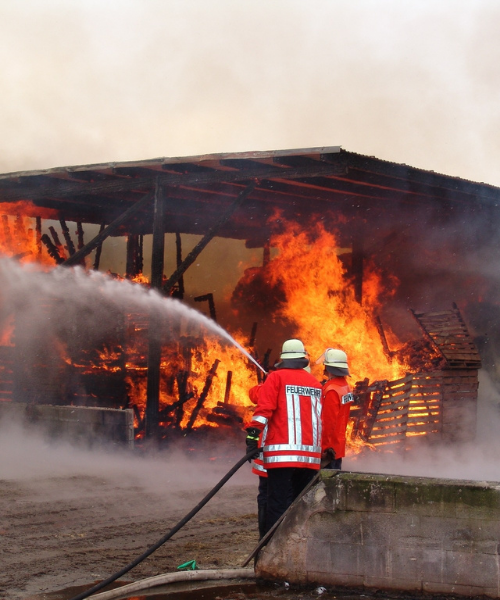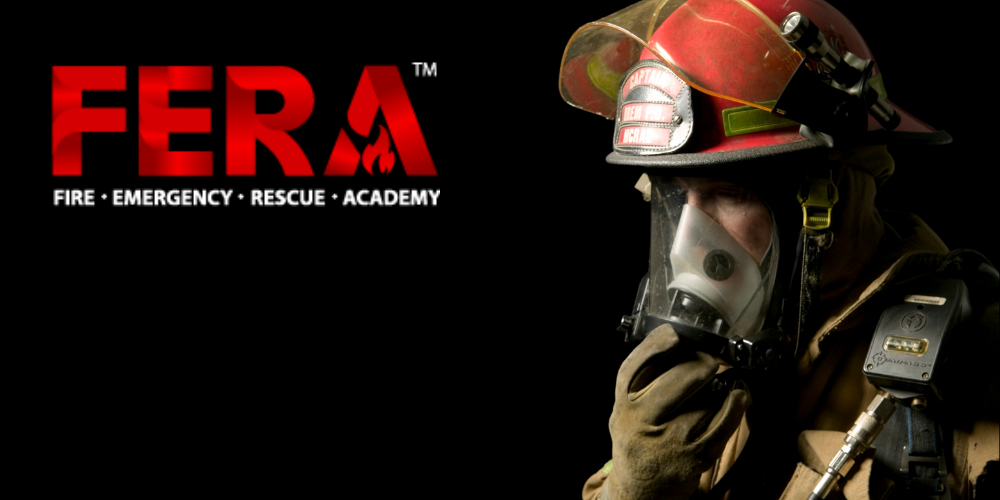Basic Theory of Firefighting and Rescue
Curriculum Description
The Basic Theory of Firefighting and Rescue is a training program that covers the fundamental concepts and principles related to firefighting and rescue operations. The course provides participants with an understanding of the chemistry and behavior of fire, as well as the various types of fire suppression systems and equipment. Participants will also learn about search and rescue operations, including techniques for locating and extracting victims from hazardous situations. The course emphasizes the importance of safety procedures and personal protective equipment, and provides an overview of emergency response planning and coordination. Overall, the Basic Theory of Firefighting and Rescue provides individuals with the foundational knowledge necessary to effectively respond to fire emergencies and rescue situations.
Suitable Participant
The Basic Theory of Firefighting and Rescue program is suitable for a wide range of individuals who are interested in gaining a foundational understanding of firefighting and rescue operations. This program may be particularly relevant for:
- New firefighters or emergency responders who are looking to learn the basic principles and techniques of firefighting and rescue operations.
- Safety professionals who are responsible for developing and implementing emergency response plans in the workplace.
- Industrial workers who work in environments where there is a risk of fire or other emergencies, such as oil refineries or chemical plants.
- Students who are interested in pursuing a career in firefighting or emergency response and want to gain a foundational understanding of the field.
- Individuals who may be required to respond to fire emergencies and rescue situations as part of their job responsibilities, such as security personnel or building managers.
Curriculum Outline
- Introduction to Firefighting and Rescue
- Fire Behavior
- Fire Prevention and Safety
- Building Construction and Fire Protection
- Search and Rescue
- Hazardous Materials
- Communications and Incident Command
Curriculum Duration
This fire safety course is designed to be completed over the course of 1 day, consisting of x hours.
Course Outcome:
The components of fire (fuel, heat, oxygen, and chemical reaction), the stages of fire development (ignition, growth, fully developed, and decay), and the types of fire (class A, B, C, D, K) based on the fuel involved.
The systems and devices that are designed to detect, control, or extinguish fires in buildings or structures. Fire protection systems include fire alarms, sprinklers, standpipes, fire pumps, fire doors, fire dampers, smoke detectors, and fire extinguishers.
The methods and tactics used to locate, access, stabilize, extricate, and transport victims of fires or other emergencies.
The measures and practices that aim to reduce the risk of fires starting or spreading in buildings or structures.

